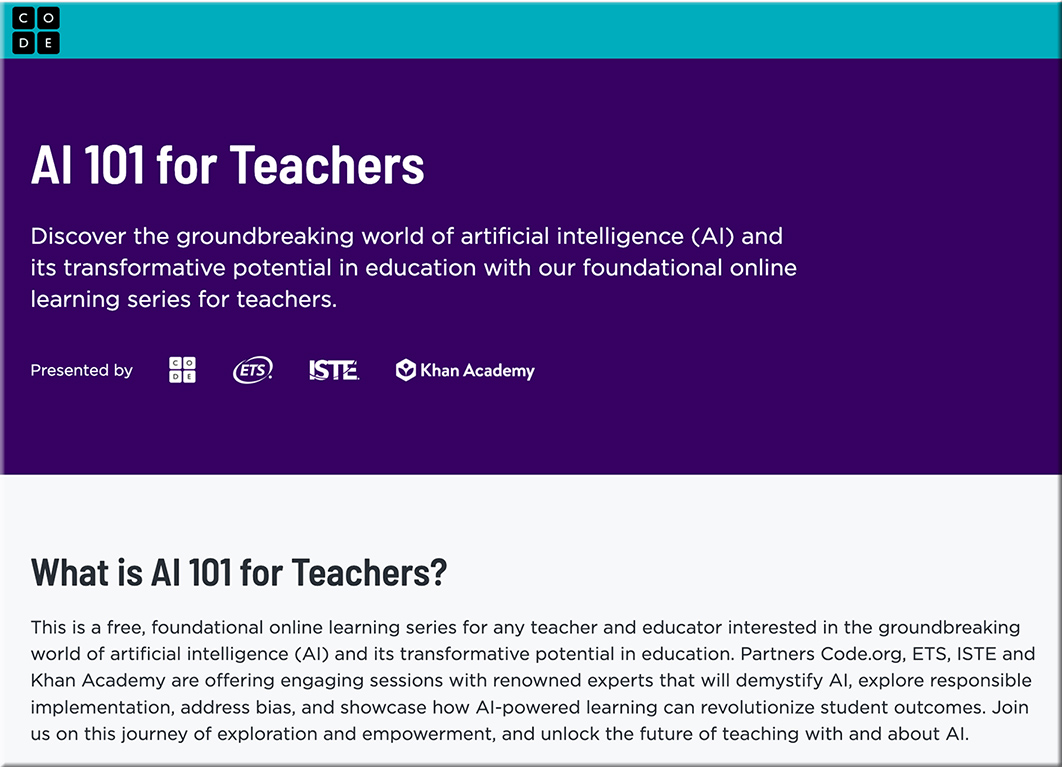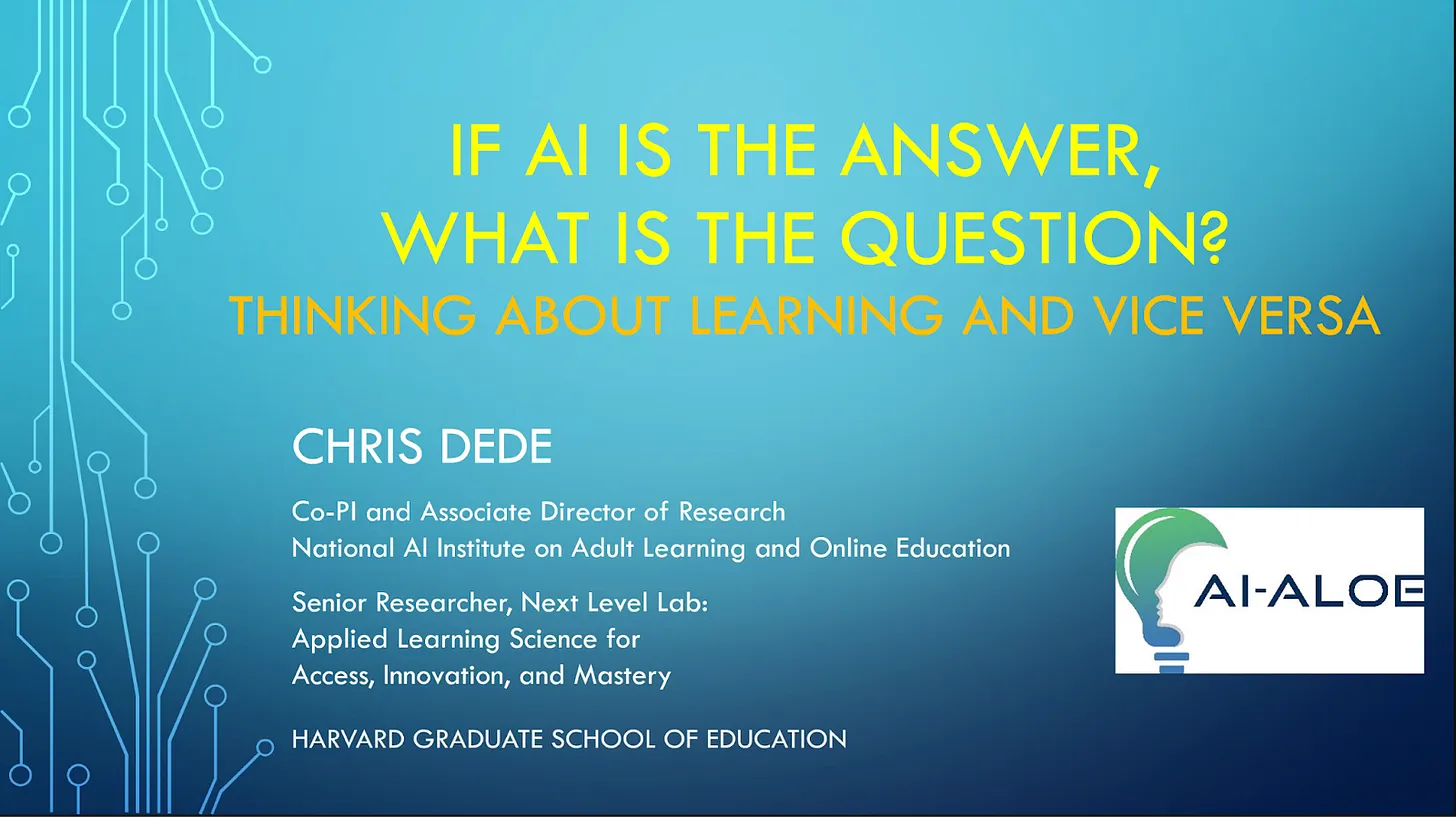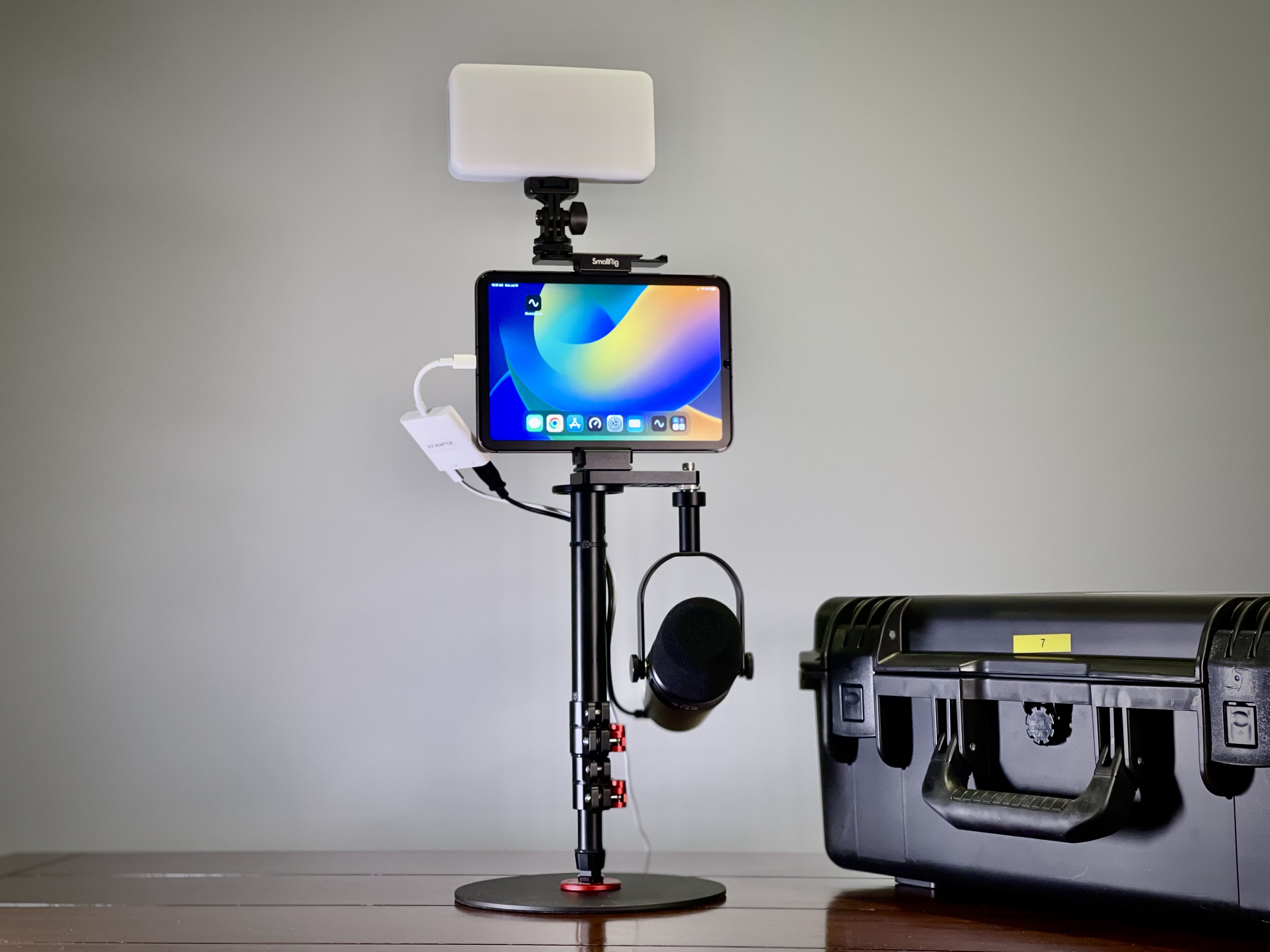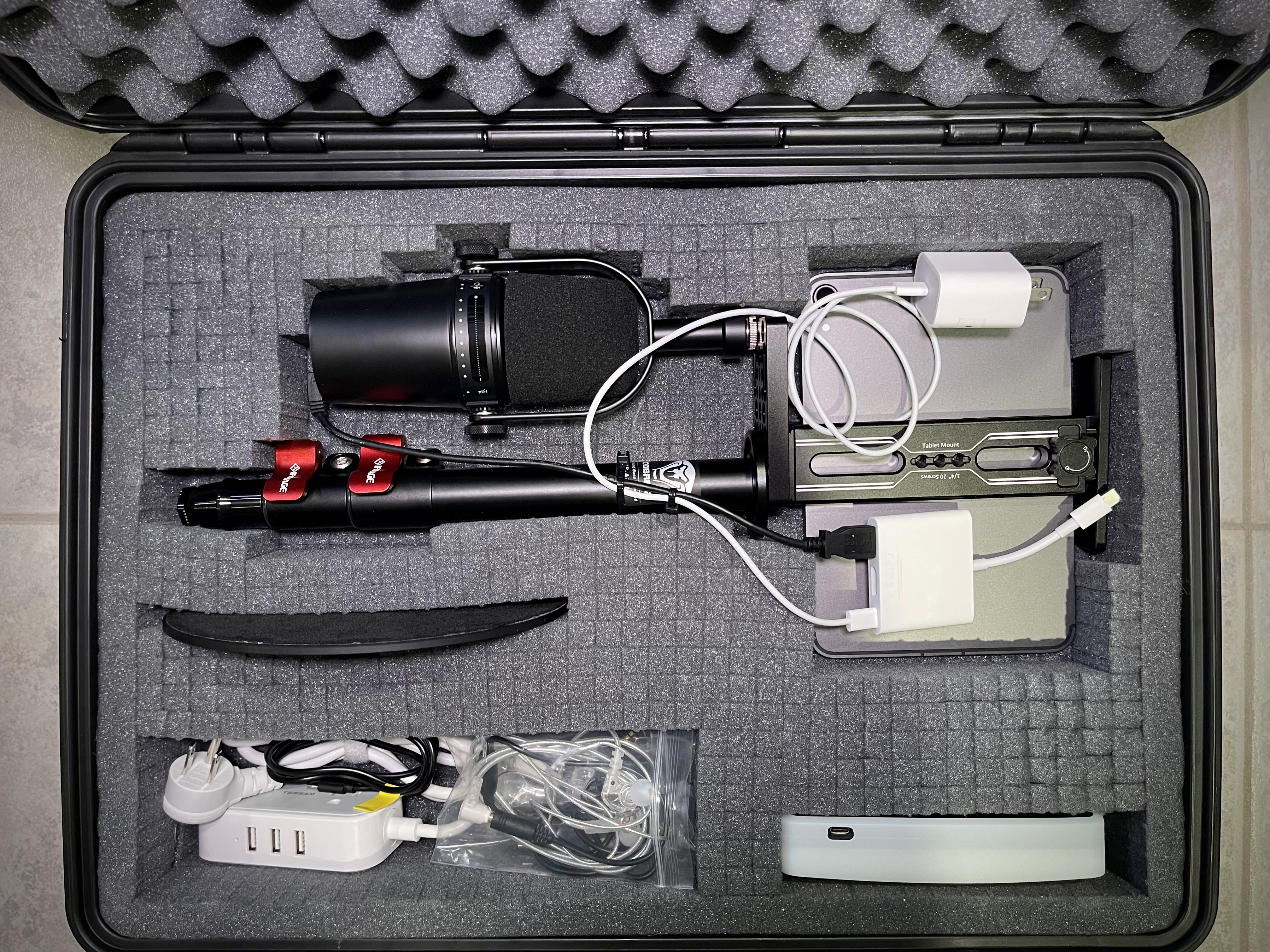Instructional Design Careers and Freelancing Presentations — from christytuckerlearning.com by Christy Tucker
A collection of my presentations and podcasts on instructional design careers and freelancing, including transitioning from teaching to ID.
An excerpt from ‘The Magnificent Seven’ posting from Brandon Busteed on LinkedIn:
6. Create externship programs for faculty. Many college and university faculty have never worked outside of academia. Given a chance to be exposed to modern workplaces and work challenges, faculty will find innovative and creative ways to weave more work-integrated learning into their curriculum.
From DSC:
This is a great idea — thanks Brandon!
I might add another couple of thoughts here as well:
- And/or treat your Adjunct Faculty Members much better as well!
- And/or work with more L&D Departments at local companies (i.e., to develop closer, more beneficial/WIN-WIN collaborations).
How do you create and maintain an e-learning portfolio without pitfalls? — from linkedin.com by various authors
If you are an e-learning professional, you know how important it is to showcase your skills and projects to potential clients, employers, or collaborators. An e-learning portfolio is a collection of your best work that demonstrates your abilities, creativity, and experience in designing, developing, and delivering online learning solutions. But how do you create and maintain an e-learning portfolio without pitfalls? In this article, you will learn some tips and best practices to help you avoid common mistakes and make your portfolio stand out.
Speaking of career-related postings, I thought this was an interesting article:
In Praise of the Meandering Career — from every.to by Simone Stolzoff
Build a compass, not a map
 Midjourney prompt/”meandering career”
Midjourney prompt/”meandering career”
There’s a common misconception that our résumés ought to tell a linear story, free from breaks, twists, and turns. But this assumption is not borne out in reality. Nearly three out of every four college graduates work in a field unrelated to their major. The average worker holds over a dozen jobs by their fifties. And over half of today’s college students will work jobs that don’t yet exist.
Taking a nontraditional path will force you to grapple with what matters
The greatest benefit of a nontraditional path is that you have to figure out what you care about. Rather than an employer telling you what you should value, you have to do the hard work of determining what you value for yourself.
Q&A from Vendors – Learning Systems Edition — from elearninfo247.com by Craig Weiss
Excerpt:
It is kind of weird. So many sites that list Q&A’s – mine included, look at it from the reader’s standpoint – what I refer to as consumers, even though they may have an audience consisting of PEs (Private Equity), outside their industry (C-Level and similar), vendors in the specific industry (e-learning) and sub-segments OR just a variety of folks who are not on the consumer side of the house, instead on the vendor or investment side.
And yet, I receive a lot of inquiries from vendors, including PE and investment firms. They all have questions. They all seek answers. I will hold back from the investment and PE side; let’s take a peek at the vendor side.
How Professionals Are Using AI in eLearning — from teamedforlearning.com
The boom in artificial intelligence is touching nearly every industry, and eLearning is no exception. From content creation to instructional design, industry professionals and organizations are finding innovative ways to apply AI in elearning. Whether creating training modules for corporate employees or crafting educational programs, professionals are making AI part of their standard toolkit.
At Teamed, we have the privilege of working and speaking with people from all over the elearning industry including instructional designers, content developers, and organizations considering how to apply it for productivity and the benefit of learners. AI and machine learning come up frequently in these conversations. Here’s what we’ve learned and observed about AI in elearning from experts in our industry.
On a somewhat related note, also see:
The hottest new job is “head of AI” and nobody knows what they do — from www-vox-com.cdn.ampproject.org by Rani Molla
America’s biggest companies are hiring AI leadership as fast as they can.

















:format(webp)/cdn.vox-cdn.com/uploads/chorus_asset/file/24807167/Screenshot_2023_07_24_at_3.34.42_PM.png)
